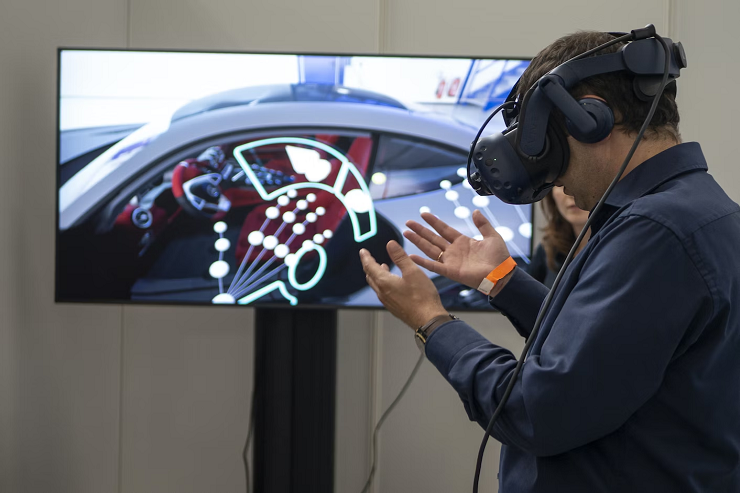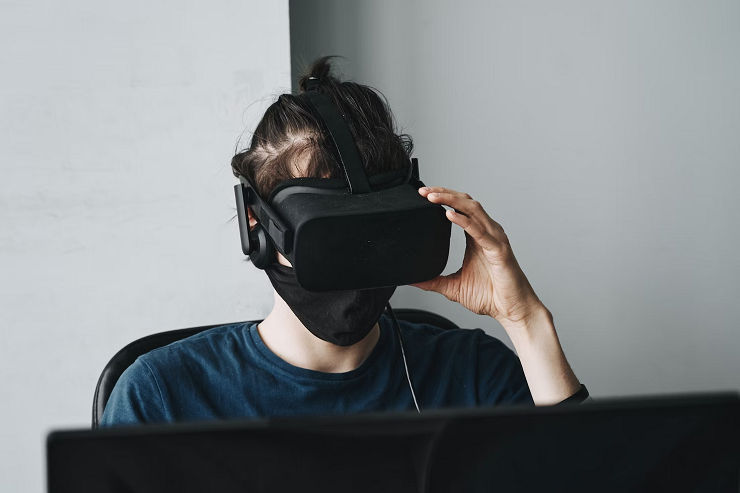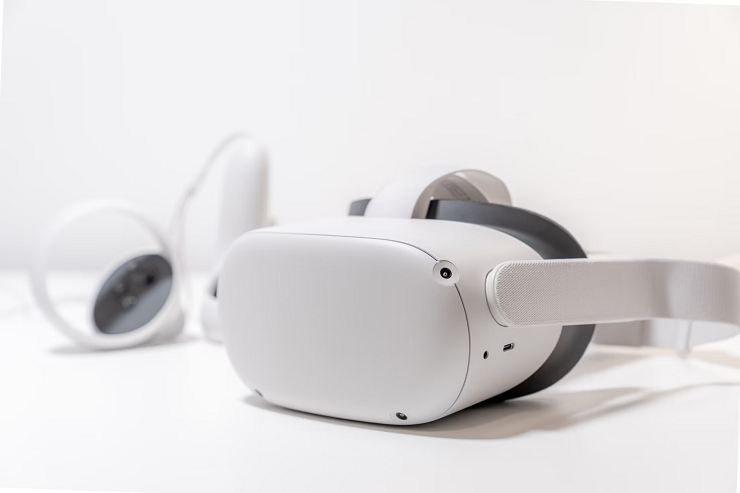
We are on the cusp of an extended reality (XR) revolution that will fundamentally alter how we interact with information, each other, and the world around us. After several false starts, XR technology like virtual reality (VR), augmented reality (AR), and mixed reality (MR) is reaching the point of mainstream adoption. Together, these technologies are poised to blur the lines between the physical and digital worlds.
The Case of Precedent Technologies
The most well-known of these technologies today is virtual reality. VR uses headsets to immerse users in a completely virtual, computer-generated environment. This artificial world reacts to the user’s movements and actions, creating an experience that can sometimes feel more real than reality. VR has unlocked truly next-level gaming and entertainment, but many industries are leveraging it for purposes like employee training, product design and visualization, and virtual tours. Still, one key limitation of current VR is the isolation from the real world.
This is where technologies like augmented reality and mixed reality come in – they merge virtual elements with the real environment. Augmented reality overlays digital information and objects onto the real world, often using screens or smartphone cameras. For example, furniture companies now have AR apps that let customers visualize products in their actual living spaces. Mixed reality headsets take this a step further by anchoring virtual elements to the real world. Unlike VR, mixed reality allows for natural interaction between physical and digital objects.
The Curious Case Of XR
Together, XR represents the next paradigm for human-computer interaction by removing the barriers between bits and atoms. These technologies transform passive viewers into active participants embedded in information-rich environments. Research shows increased engagement, understanding, and retention when using XR for purposes like education, training, design, and more.
We are still in the early phases of the XR revolution. Many of today’s bulky headsets and limited software will improve rapidly with advances in processing power, display technology, battery efficiency and 5G connectivity. As hardware performance increases and costs drop, XR interfaces will become ubiquitous – embedded in everything from cars and homes to factories and schools.

Integration of XR With Other Technologies
In the near future, MR glasses will look increasingly like regular eyeglasses and contact lenses. Neural interfaces could directly link our brains to powerful XR worlds for the ultimate in vivid realism and interactivity. Ordinary interactions like online shopping, attending class, or watching a concert will become immersive XR experiences. Collaborative virtual spaces will allow people across distances to gather, interact, and cooperate in engaging new ways.
XR will also increasingly integrate with other emerging technologies like AI, drones, and the Internet of Things. For example, advanced computer vision will enable mixed-reality glasses to identify objects and environments, unlocking an array of new applications. Drones equipped with cameras and sensors will help quickly scan real-world settings to incorporate into XR experiences. And smart homes, factories, and smart cities will feed live data into XR simulations to enable next-level monitoring, control, and automation.
Together with artificial intelligence, XR will help democratize expertise by delivering vital information and guidance exactly when and where it’s needed most. For example, doctors could get real-time diagnostic support during complex procedures, while skilled tradespeople have step-by-step instructions mapped onto worksites. XR will make highly specialized knowledge more accessible.
Concerns About XR
Of course, fully integrating virtual elements into our physical spaces raises valid concerns about privacy, security, addiction, and more. Powerful XR experiences could also exacerbate existing social inequities if access is limited only to those who can afford it. Governments will need to keep pace with appropriate regulations. Responsible development of XR technology – backed by ethical principles centered around transparency, accountability, inclusivity, and respecting user agency – will be critical.
Unlocking The Potential
The XR revolution promises to reshape life and business in every sector you can imagine. But it remains challenging to anticipate specific use cases or timelines given the vast possibilities. Much like the early internet days, innovators are still figuring out what works. One certainty is that bringing together cutting-edge work across disciplines like optics, display technology, haptics, sound, AI and more will unlock XR experiences we can hardly even conceive of today.

Conclusion
While still early, extended reality represents the next major computing platform – a new medium enabling us to visualize and interact with information in revolutionary ways not possible before. XR has the potential to transform gaming, entertainment, marketing, education, healthcare, engineering, design, and countless other fields. These technologies truly blur the physical and digital, unlocking new realities limited only by imagination. The foundations are coming together to enable this shift, even if real-world adoption is still ramping up. We are crossing into an exciting new XR-powered frontier – the revolution has begun.
